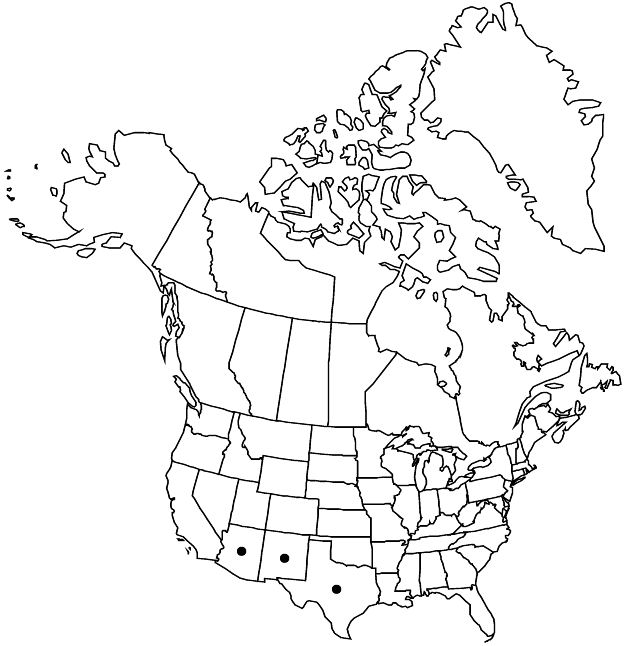Anoda lanceolata
Bot. Beechey Voy., 411. 1840.
Herbs or subshrubs, branching, 0.5–1 m. Stems erect, minutely, roughly hairy, hairs to 0.5 mm. Leaves: petiole shorter than blade, minutely, roughly hairy, hairs to 0.5 mm; blade somewhat discolorous, ovate-triangular to lanceolate, 3–7(–12) cm, membranous, base truncate to cuneate, margins obscurely crenate to subentire, apex acute, surfaces hairy, hairs minute, stellate abaxially, simple, appressed adaxially. Inflorescences solitary flowers or panicles. Pedicels to 4(–6) cm. Flowers: calyx 6(–9) mm, accrescent to 9 mm, lobes without dark midrib, apex acute, minutely stellate-hairy; petals bright yellow, 9–16 mm; staminal column stellate-hairy; style 10–12-branched; stigmas glabrous. Schizocarps 9 mm diam., densely stellate-hairy, hairs 0.5–1 mm; mericarps 10–12, with dorsal spur 1–1.5 mm. Seeds enclosed in endocarp.
Phenology: Flowering summer–fall.
Habitat: Arid habitats, disturbed sites, sometimes open, sometimes shady
Elevation: 500–1000 m
Distribution

Ariz., N.Mex., Tex., Mexico (Baja California, Chihuahua, Coahuila, San Luis Potosí, Sinaloa).
Discussion
Anoda lanceolata is found primarily in the western trans-Pecos region of Texas, with outliers in Sierra County, New Mexico, and Cochise County, Arizona.
Selected References
None.